Images Of Faith and Fantasy
One of my greatly anticipated spec-fic books of the year was officially released yesterday: C.S. Lakin’s The Map Across Time (I reviewed it on my own blog, here). I absolutely love the cover art for this book and was fascinated to discover that AMG/Living Ink, Susanne’s publisher, let her pick her own artist and design her own covers.
Her pick was Gary A. Lippincott, whose work makes me think of classic children’s books, of worlds where all lines are delicate, of story lands where intricacy is beauty.

Not long ago I spent a weekend as part of an artist’s conference where everyone was supposed to come together in confluence (“Now,” the leader said, “we’re all going to . . . conflue? What is the verb form of confluence, anyway?”). We all stationed ourselves around a big room and “did art”: I wrote poetry and sometimes read it aloud or sang, painters painted, my best friend danced. We tried to influence and to soak up influences.
Working with visual artists was fascinating to m e. I regularly create productions that bring together performance and literary art, but I don’t have a painter’s bone in my body. Yet, I know that art has had a powerful effect on my imagination over the years.
e. I regularly create productions that bring together performance and literary art, but I don’t have a painter’s bone in my body. Yet, I know that art has had a powerful effect on my imagination over the years.
My grandparents had an illustrated version of The Pilgrim’s Progress, called Dangerous Journey, which I would read half under the covers with a mixture of fear and delight. The art was scary as anything, but also delicate and intricate and beautiful. And my inner images of the Christian life have looked a little like it ever since.
Of course, Dangerous Journey hit me at an impressionable time in my life. But artwork is still powerful, especially for a person like me who can’t see images of my own–my mind doesn’t work like that, but will gladly borrow the images of others.The arts have this amazing way of coming together to create lasting impact, whether it’s the cover on a book, the illustrations within it, the music we listen to as we read or write, or the metaphors and turns of phrase writers use to ensure readers will never see certain things the same way again. I can’t imagine one of the arts without all the others.
I’m curious: what images, illustrators, etc have given shape to your deepest concepts of faith and fantasy?

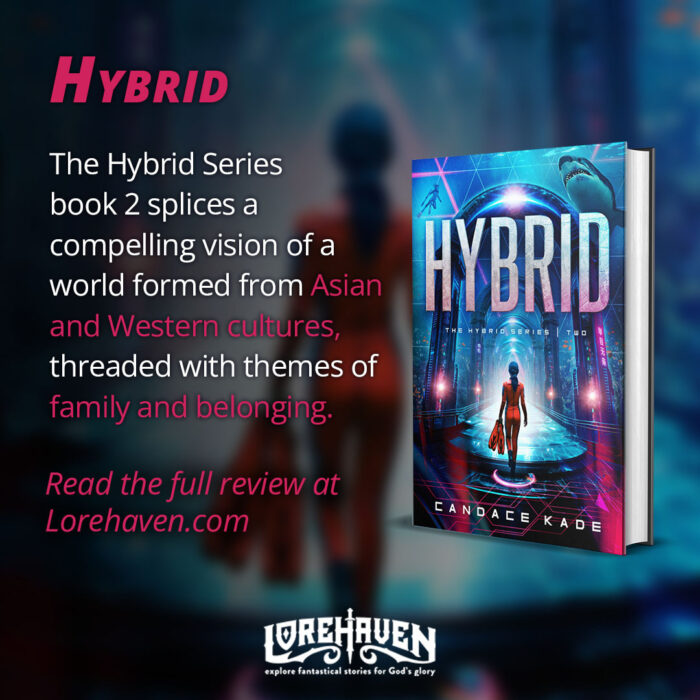






























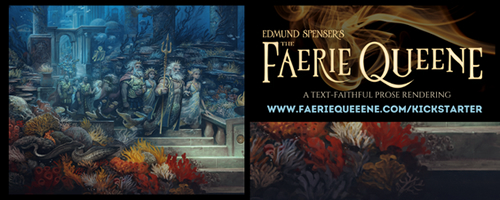

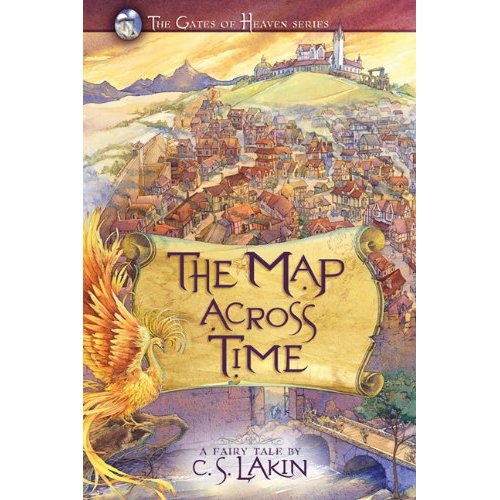
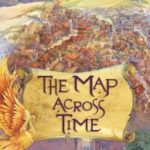
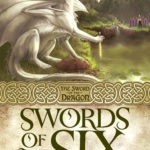

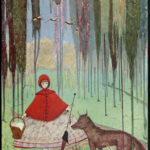



Thanks for mentioning the cover of Map. The artist has just completed sketches for book three, The Land of Darkness, and it’s even better! I negotiated with my publisher to have artistic control because having worked professionallly as an illustrator and artist myself for many years, I know how crucial it is for the art to give the right feel for the book. I wanted watercolor–which is unheard of, and I wanted to capture the feel of age-old fairy tales. I studied tons of old book covers, like the old Oz books, to get the right feel. So I was thrilled when I connected with Gary and he too loved my favorite fairy tale artists like Aurthur Rackham.
I have heard many fantasy readers say they will often buy a book just because of the art on the cover. It would be nice if those books also had true “art” within the pages of the covers, and that’s our job as writers to do justice to such art. I also appreciate that my artist reads my books first (and loves them).
It would be interesting to see J.R.R. Tolkien’s reaction to the imagery in The Lord of the Rings movies. I think he would be blown away. It’s one thing to write about something and another to see it so masterfully illustrated.